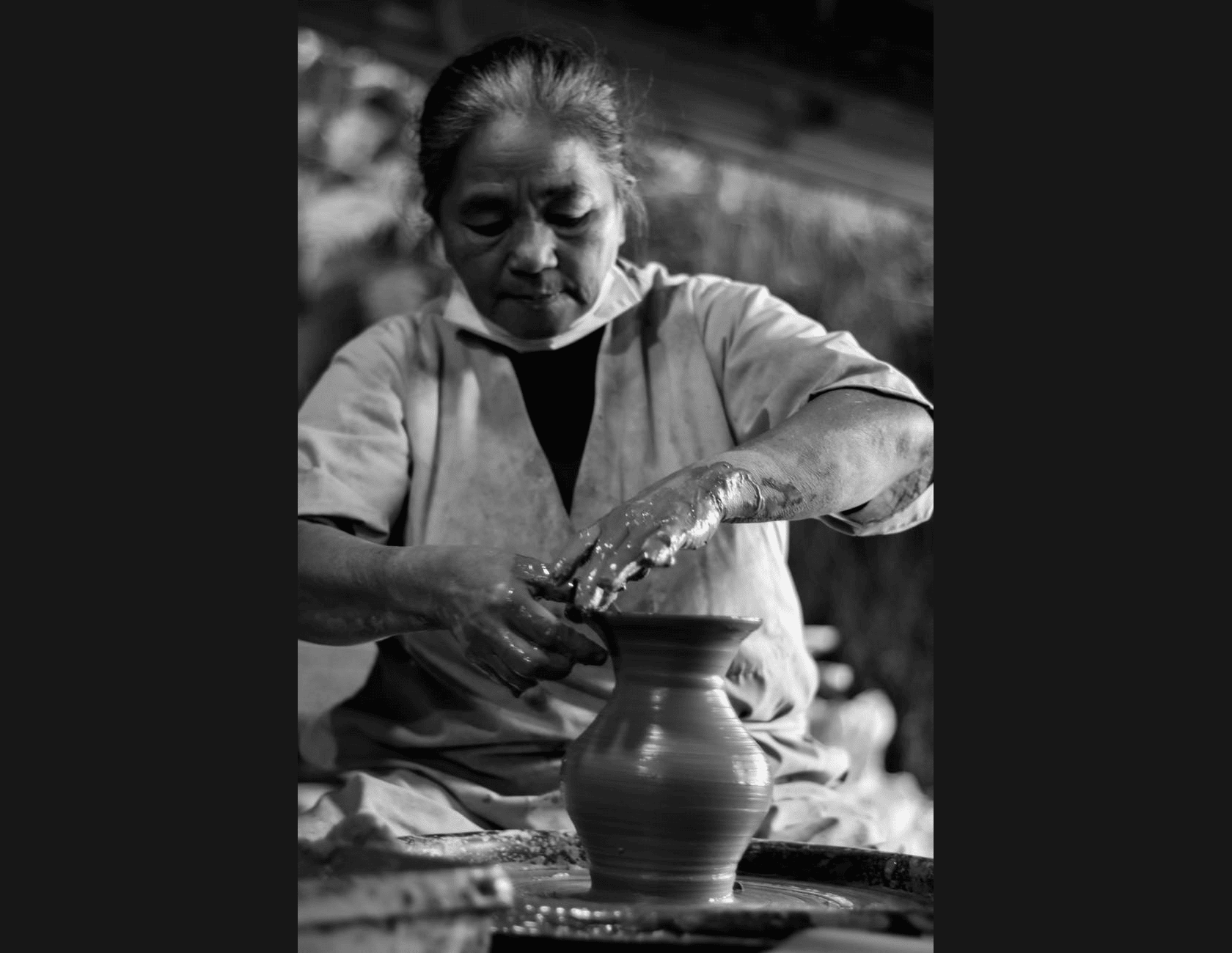Worker’s Day was first celebrated in Chicago on May 1st, 1886, which spread to other parts of the world and now it is marked internationally and celebrated globally. The day was marked remembering the Haymarket Affair, which happened in Chicago, the United Sates on 1st May, 1886, and is marked with celebrations, strikes, protests and tributes around the world.
In India, it was marked on 1st May, 1923 at Chennai, organized by the Kisan Party of Hindustan, and a red flag which is the emblem of labour class, was used. The day is symbolic of the strength and unity of the working class and how they use their struggle and strength to bring in positive changes and reforms in the society. Ageing in India is a major socio-economic concern and the dependency ratios impose an economic burden on the family. There is no proper social security network for the elderly and therefore labour markets seem to be the only means to ensure social security in the country.
According to National Sample Survey Office’s (NNSO’s) survey of 2017-18, the labour force participation stands at 49.8 percent in 2017-28 which falls shortly from 55.9 percent in 2011. The rate of unemployment in India has risen to 7.4 percent in rural areas and 8.7 percent in urban areas. Labour policies are organized to maintain economic development, industrial harmony, social justice and welfare of labour in the country. Labour plays an important part in increasing the efficiency and administrations have to create an environment in which the workers can maximize their potential towards this objective.
India is an ageing country and according to The United Nations prognoses of 2009, it specifies that the populations consisting of people 60 years and above would grow from a predictable 737 million older person in 2009 to 2 billion in 2050. The Planning Commission in 2011 estimated that by the year 2050, one out of every five person in India will be above the age of 60 years. This increase in elder population will enforce a bigger problem on health services, social security and saving patterns, urban planning, housing and other important changes in consumption and saving patterns.
Public policy must be focused to diminish organizational severities impeding the entry of elderly workforce into the labour market. Employers and organizations should also be motivated to hire aged workforce and should not carry the concept that the aged may have outdated skills and knowledge, and instead appreciate them for their experience and skills which can later be a valuable asset for the organization.
Organizations should be encouraged to revise their job stipulations and remodel the work to assist the employment of the aged worker. Elders are often stressed due to the poor conditions at work; therefore employers should regulate policies to improve the work conditions by reducing stress-related work and offering the flexibility of working hours for the aged.
In India, families take care of the elderly, which was further solidified by the Maintenance and Welfare of Parents and Senior Citizens Act in 2007, which laid stress on families to take care of their elders. The government has taken initiatives to expand the socio-economic conditions of the poor elders in the country with policies like Annapoorna and National Old Age Pension Scheme however, these are not enough. Insufficient social security leads to distress, financially and mentally, thereby increasing the dependency of the aged leading to health crisis. Economic uncertainty is huge amongst the elder females, elders living alone or in rural areas, and one suffering from health problems.
As India fights to stay afloat amidst the COVID 19 lockdown, the elderly are struggling to simply survive. Senior citizens have been the worst hit, as they are the most vulnerable especially those above 80 years of age who are at a high risk of succumbing to COVID 19. Due to the nationwide lockdown, elders, migrant and daily wage earners have lost their livelihood and are struggling to survive and make ends meet. Each day is a struggle for them, and they have to depend on the generosity of others for food and money. HelpAge India is reaching out to the elders, homeless and migrant workers who are facing their toughest time right now.
HelpAge has a 160 plus strong Mobile Healthcare Unit (MHU) network and our health teams have reached out to needy elders and their communities in rural and urban areas. HelpAge is working relentlessly on the ground, and reaching out to elders, migrant and daily wage earns with Family Survival Kits, Free Cooked Meals, Hygiene Kits, and Medicines. HelpAge is also providing Hospital Transportation in few states, elders who need urgent medical attention or others who might be suspected COVID-19 patients, are being transported to the district hospitals in consultation with the local administration so that they receive proper care in time.





